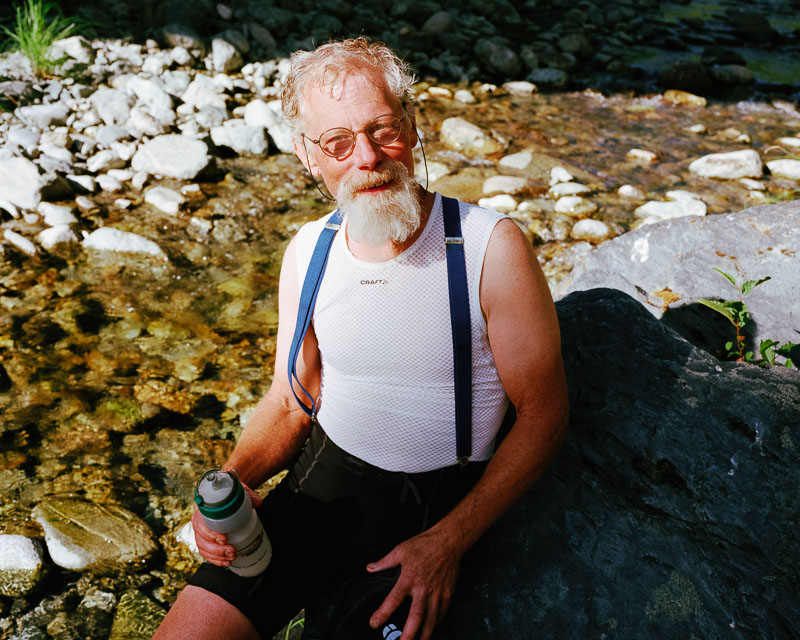Yonder Journal received the following correspondence from Mike Cherney on 16 February, 2014.
From: Mike Cherney
Date: Sun, Feb 16, 2014 at 10:39 PM
Subject: more gonzo
dudes, this is long and i know your busy. read some a save to read some later. this shit is way out there and right into a very ( i like use this word lots ) interesting space.
so i’m sit’n around do’n the r&r thing this evening and being on the safe side my consciousness goes in search of some rare moments in time. i just found a horde of business cards and notes i took over the past few years. in there was one in particular about a dude i know around here who has a common friend with me named Terrance McKenna. Terrance is an authority on psychoactive and hallucinogenic substances, like a science guru type thing and he lived in the same small village as i and his kids played with mine and we sat and talked some about his work, and he died young. so this hooks into Malcom Terrance of that commune fame and into some more individuals i have come to know over the years. one name pops in hard and i get curious, google the dude and ta da, i get my old buddy Bob Dittler who used to give me a ride down to S. F. from Camp Meeker in Sonoma Co where we both lived and partied when i attended the S. F. Art Institute. the last time i saw Bob was at a party he gave after having taken acid for over 30 days straight. he was into human behaviors and the modification there of. anyway, that’s what he called it. that was the day i found that i was to become a father. … More in this Brief
